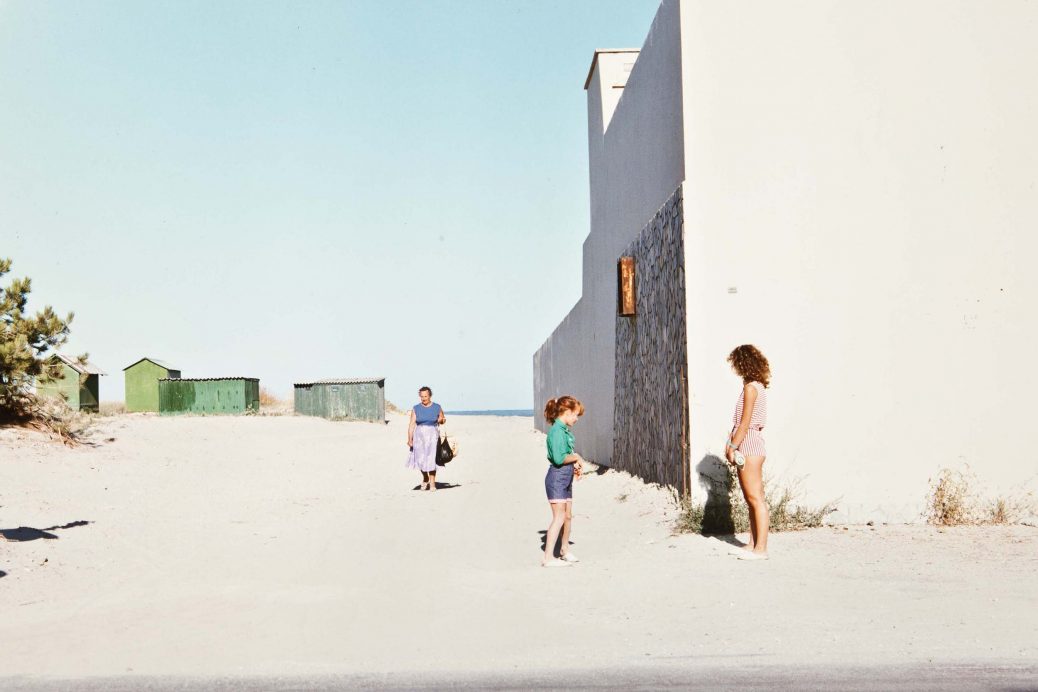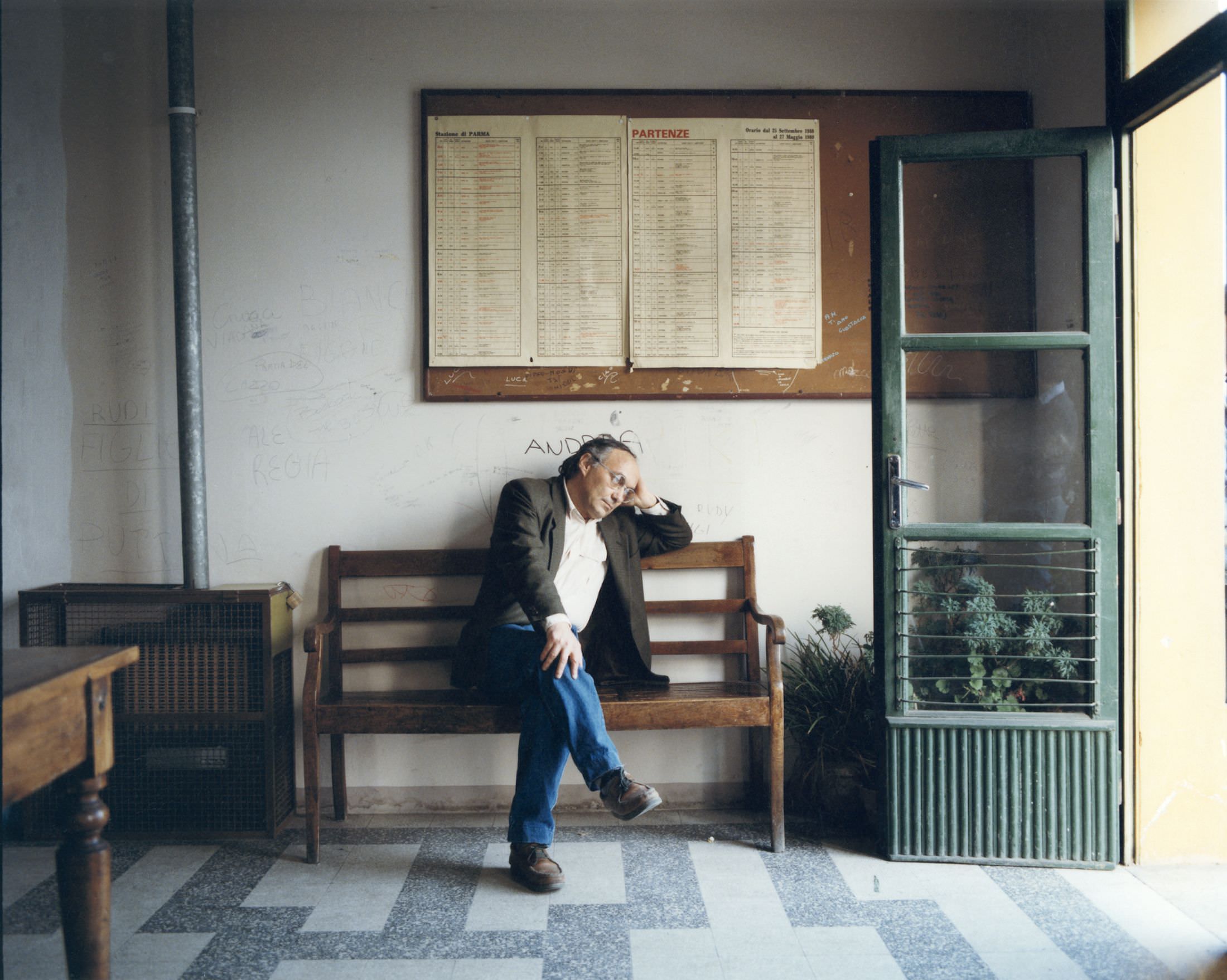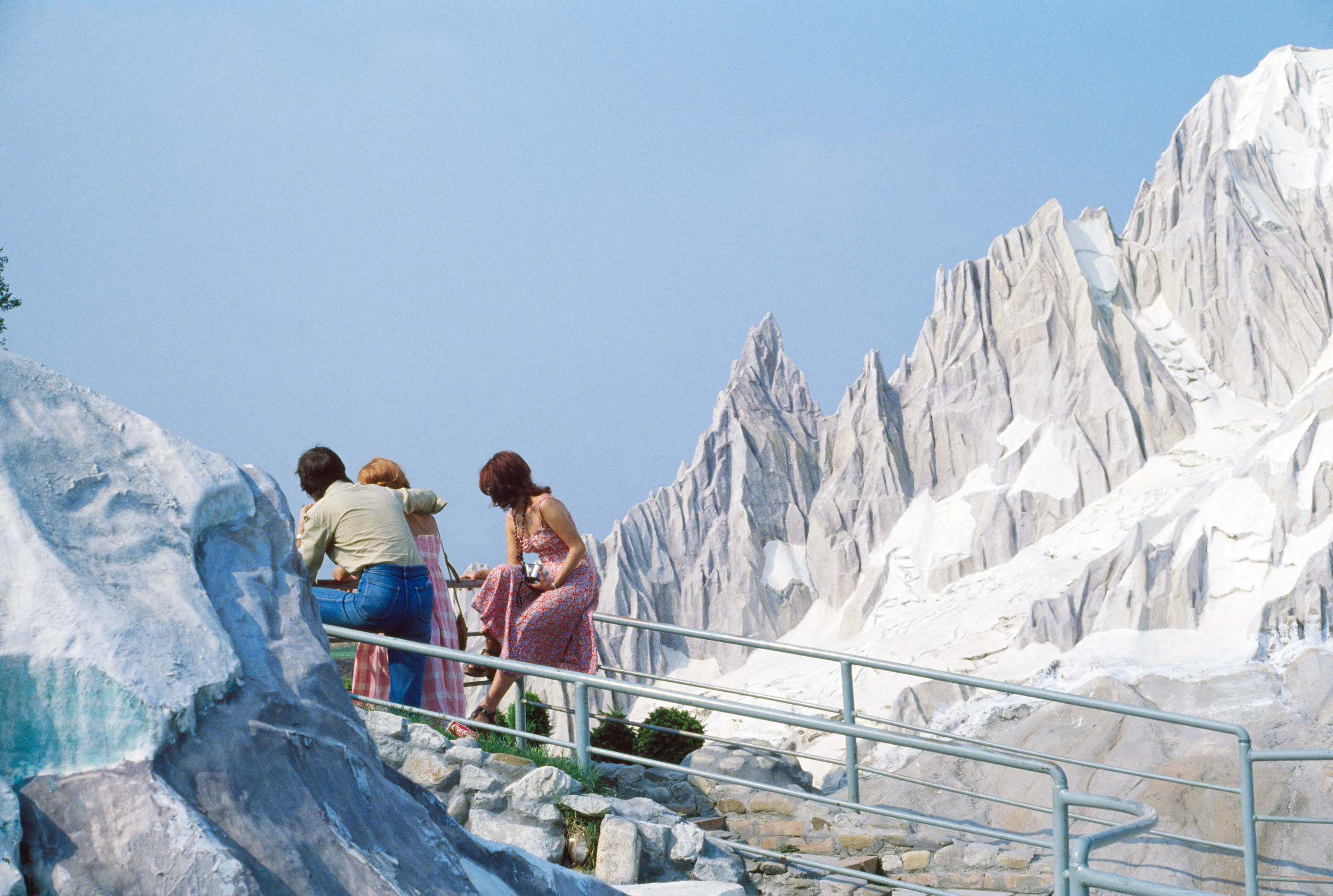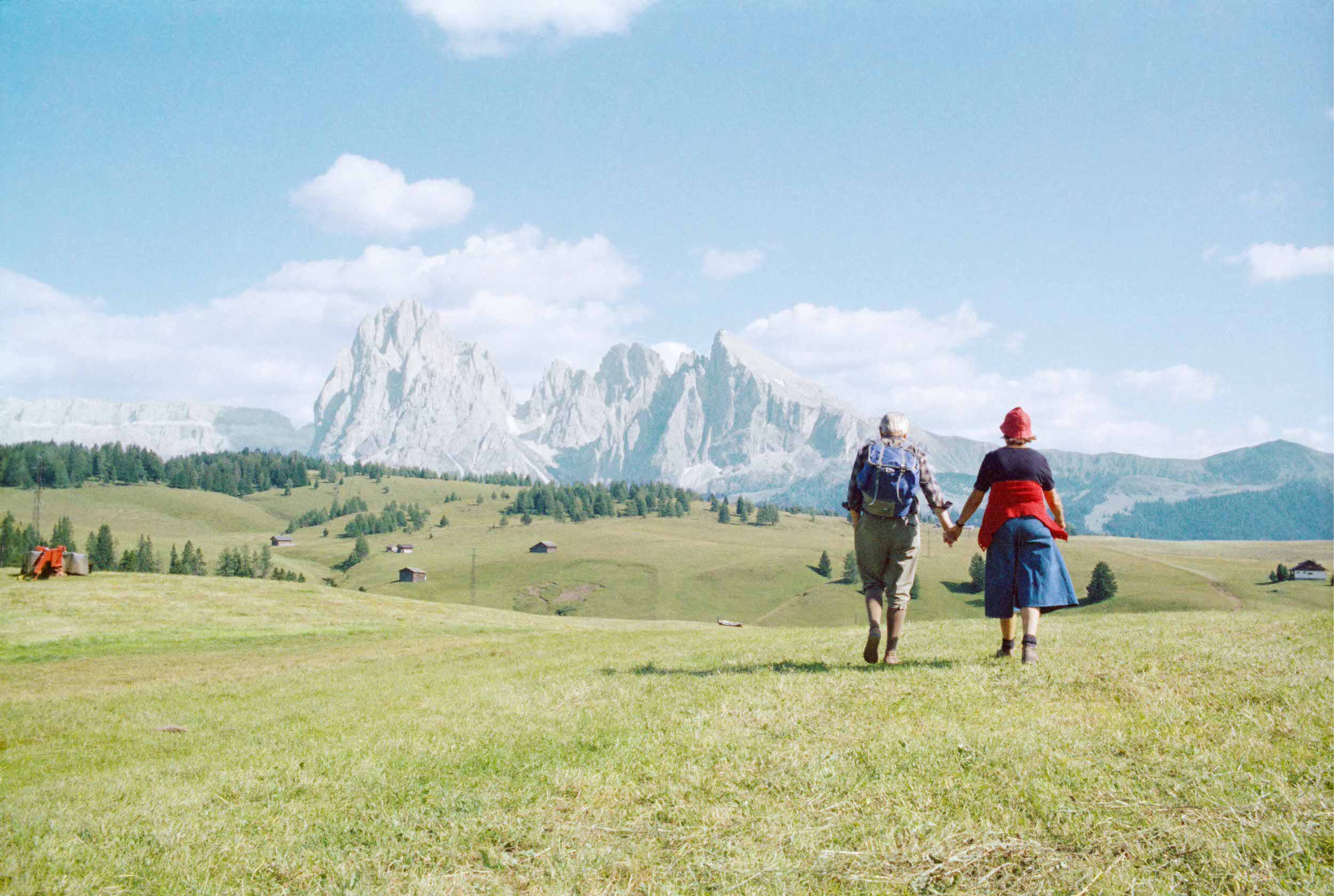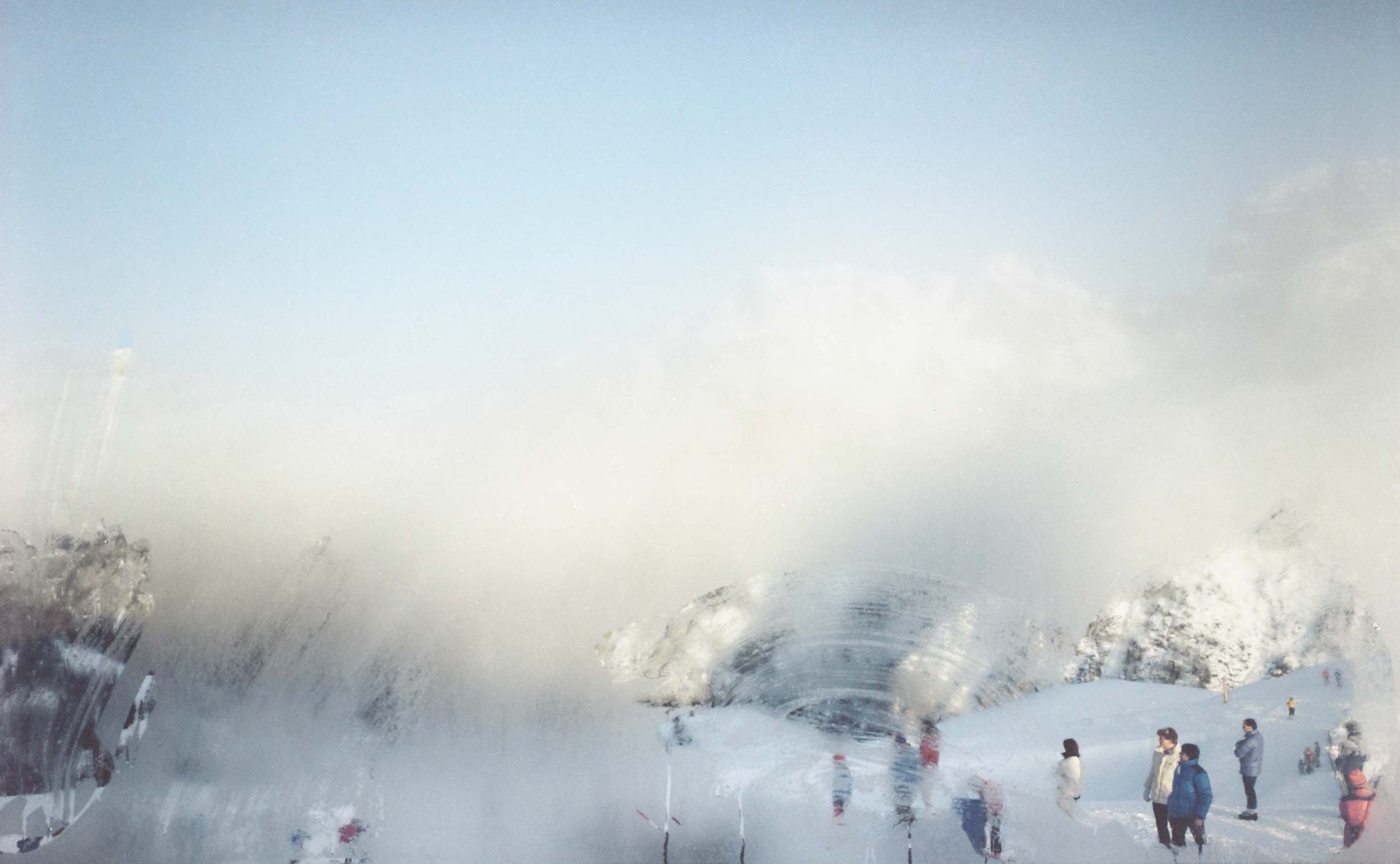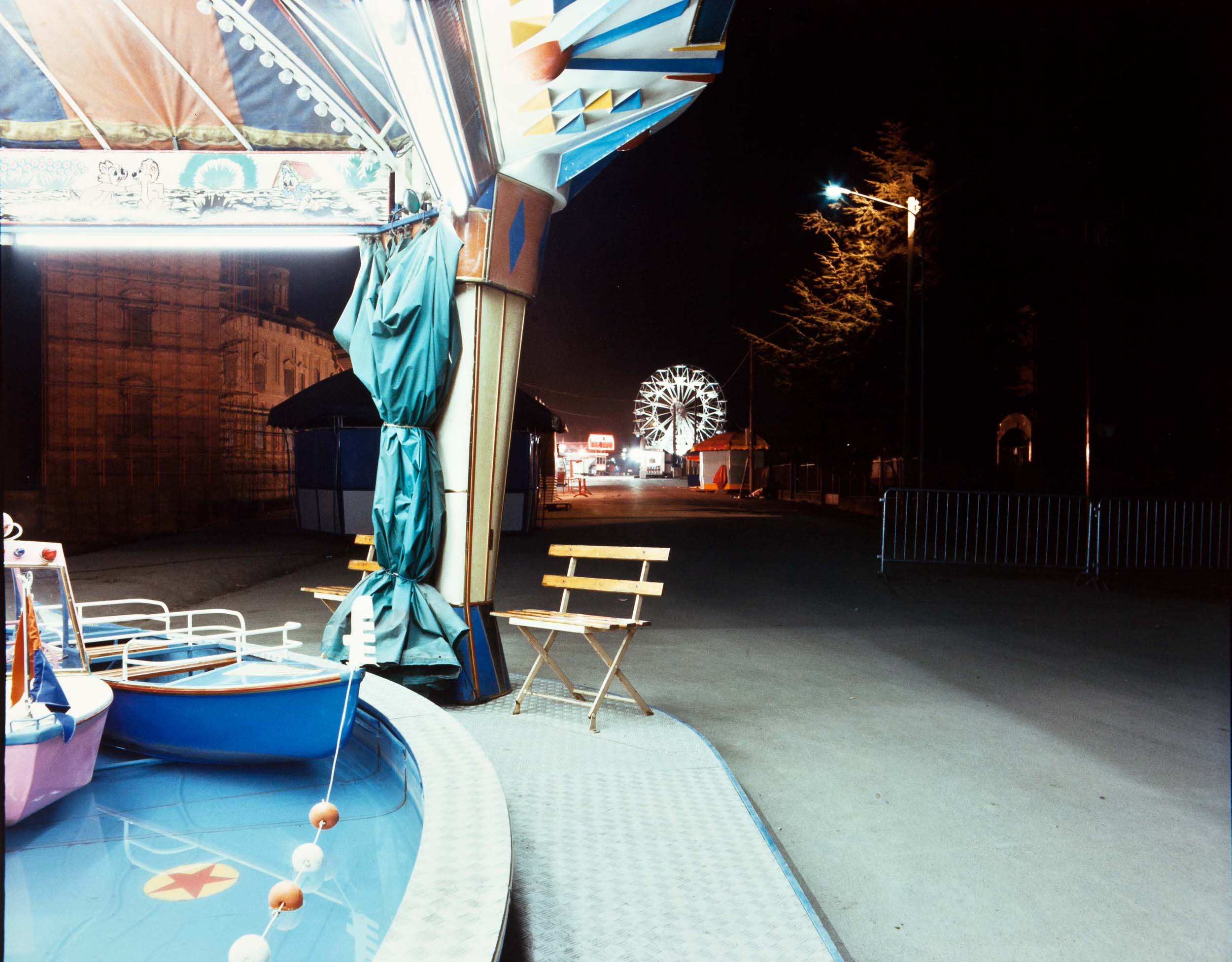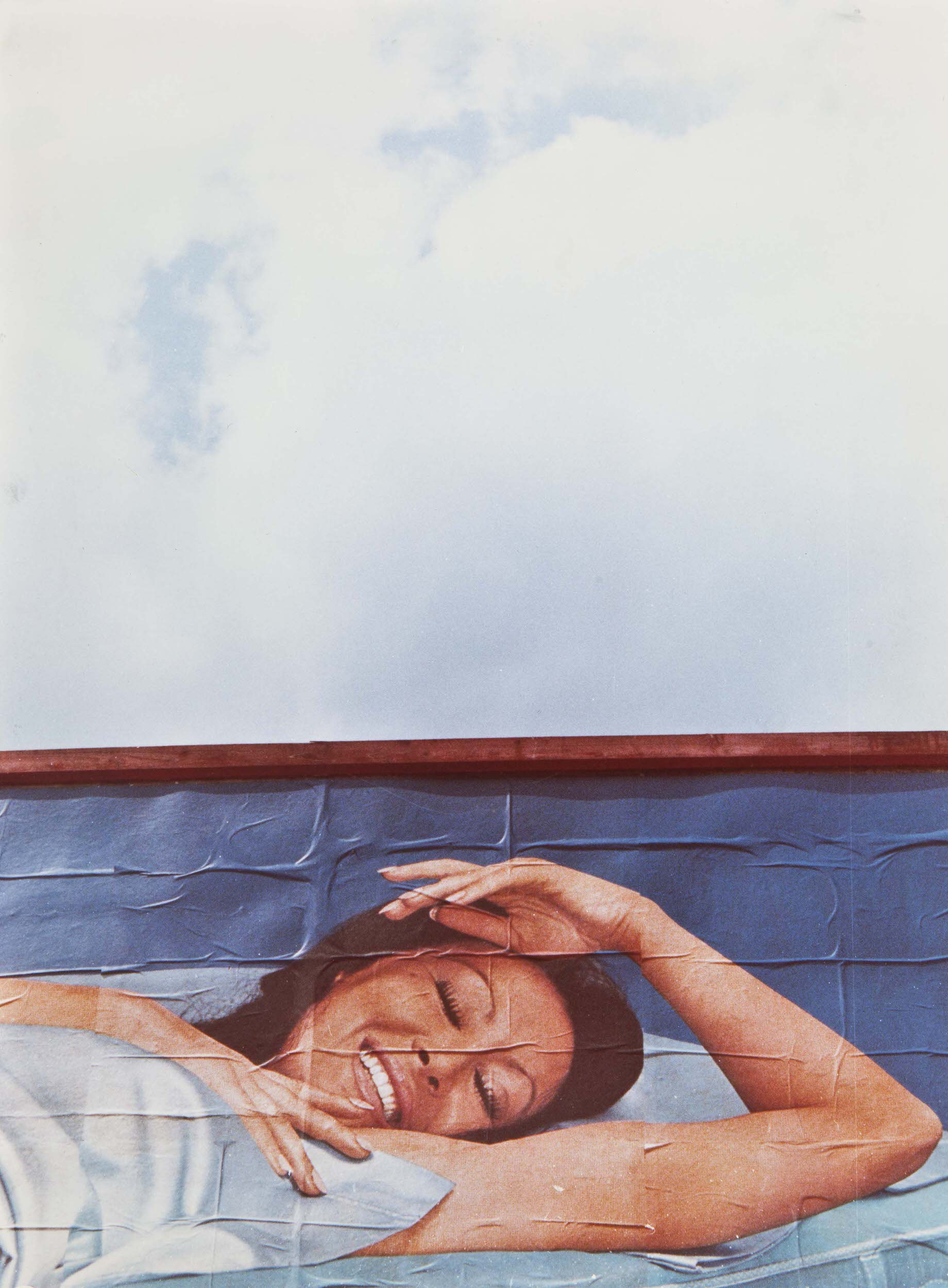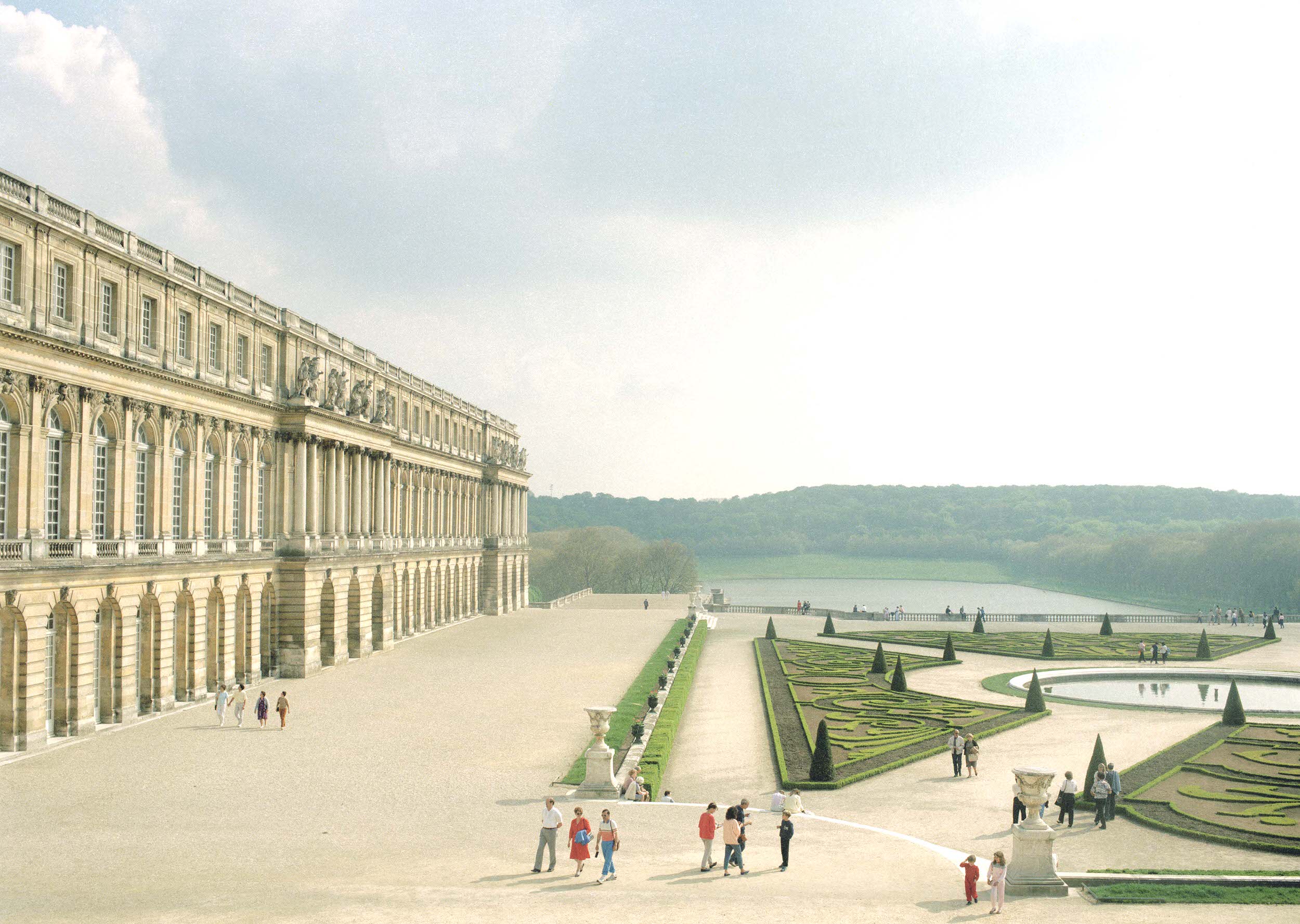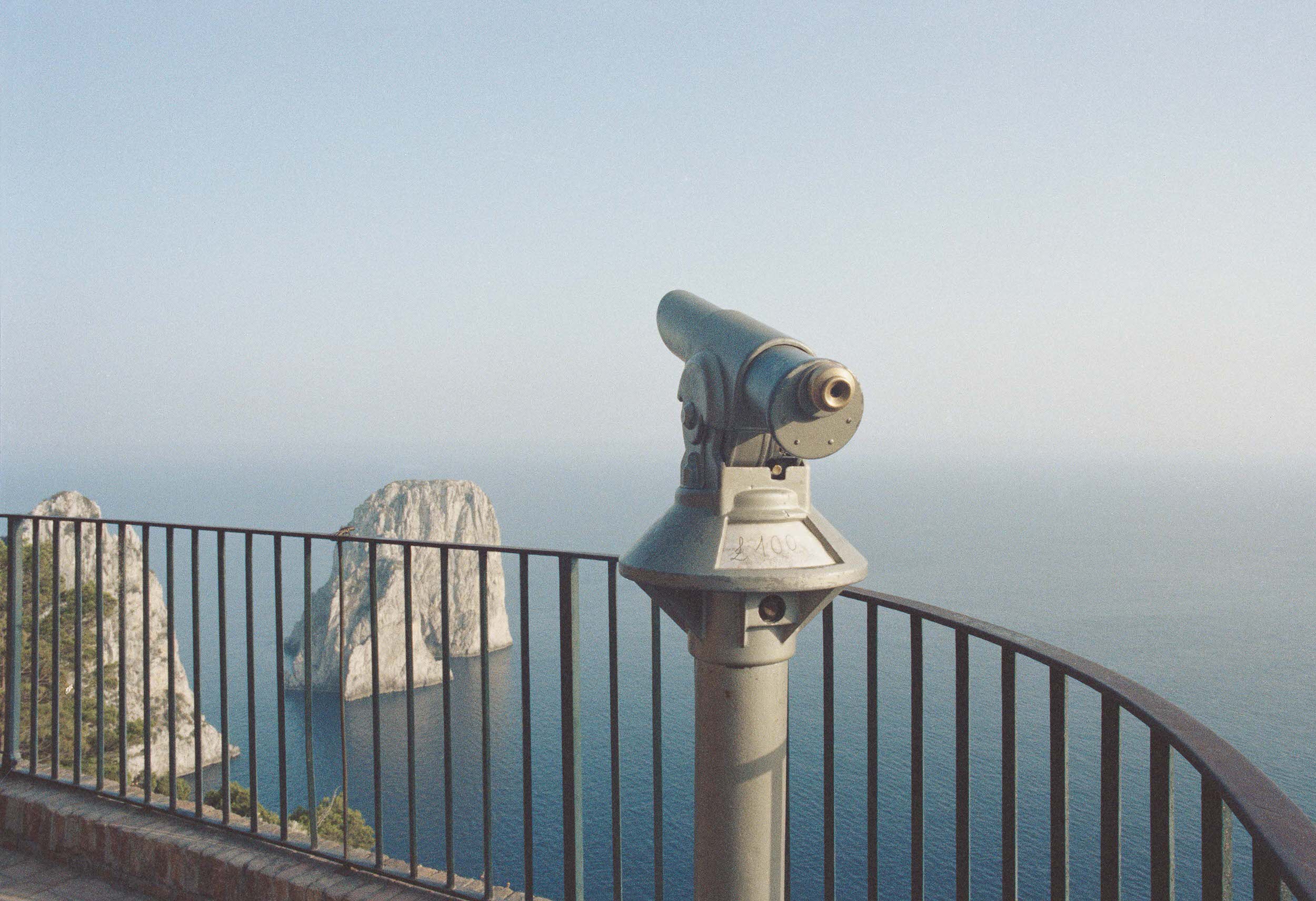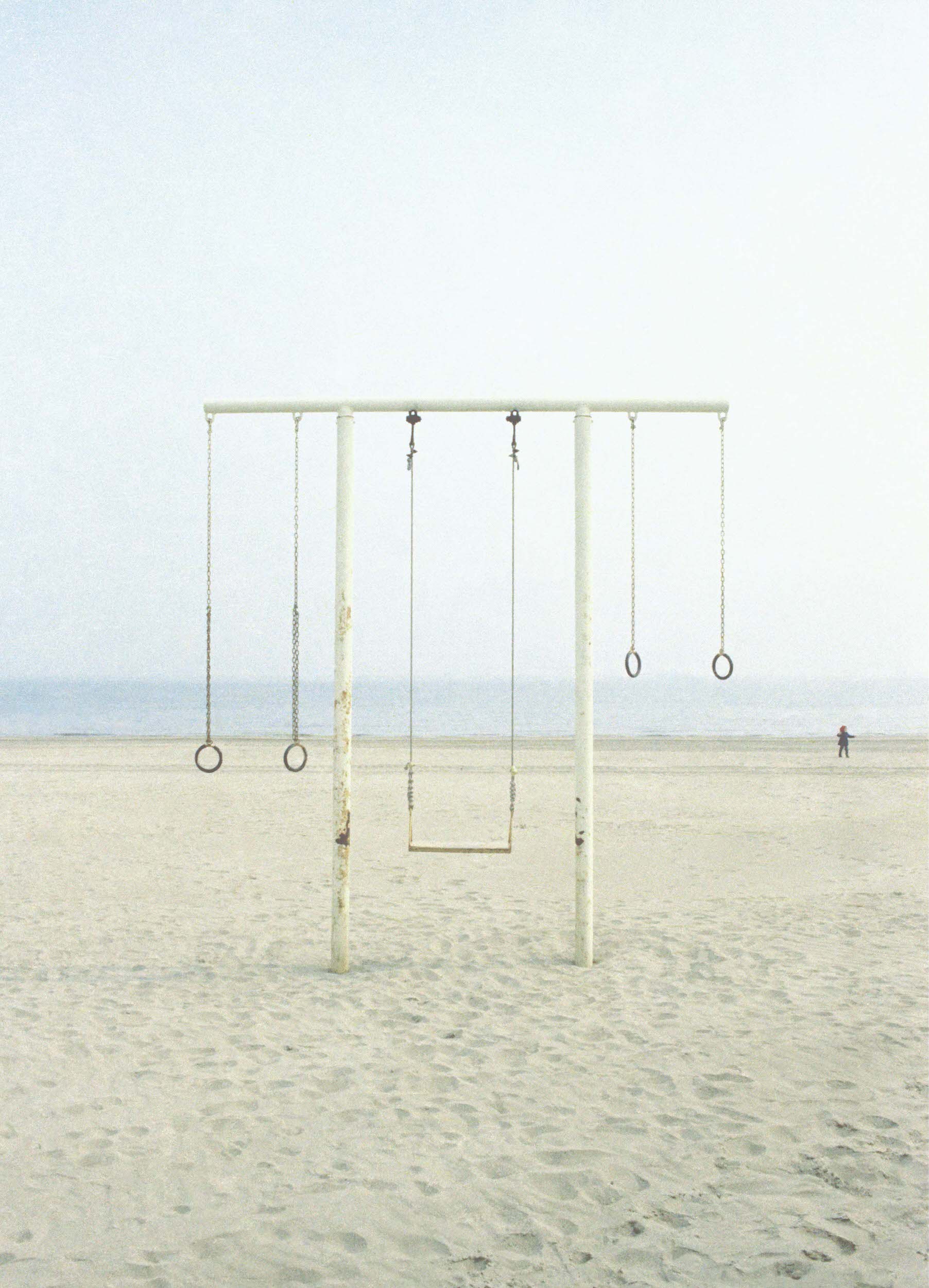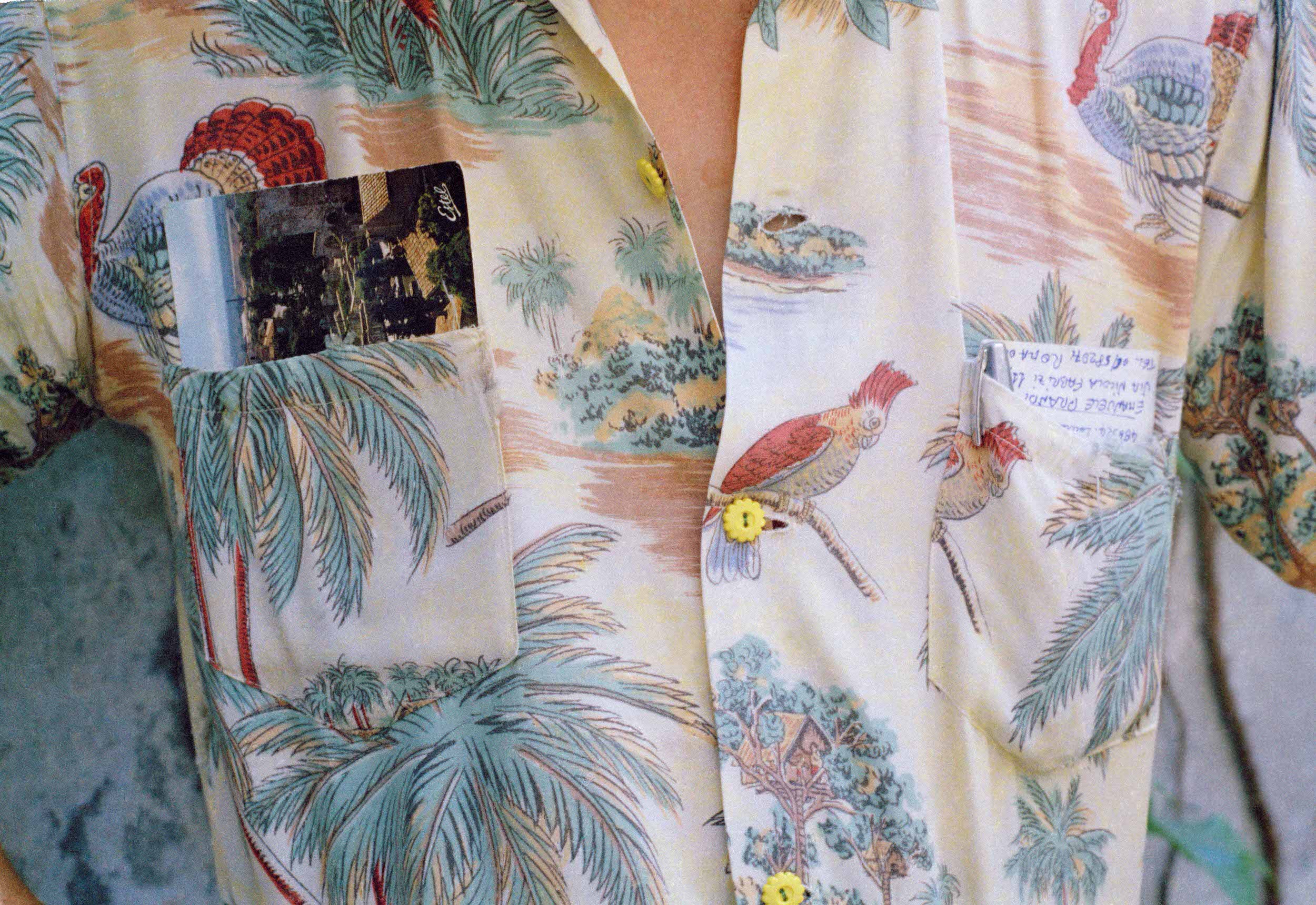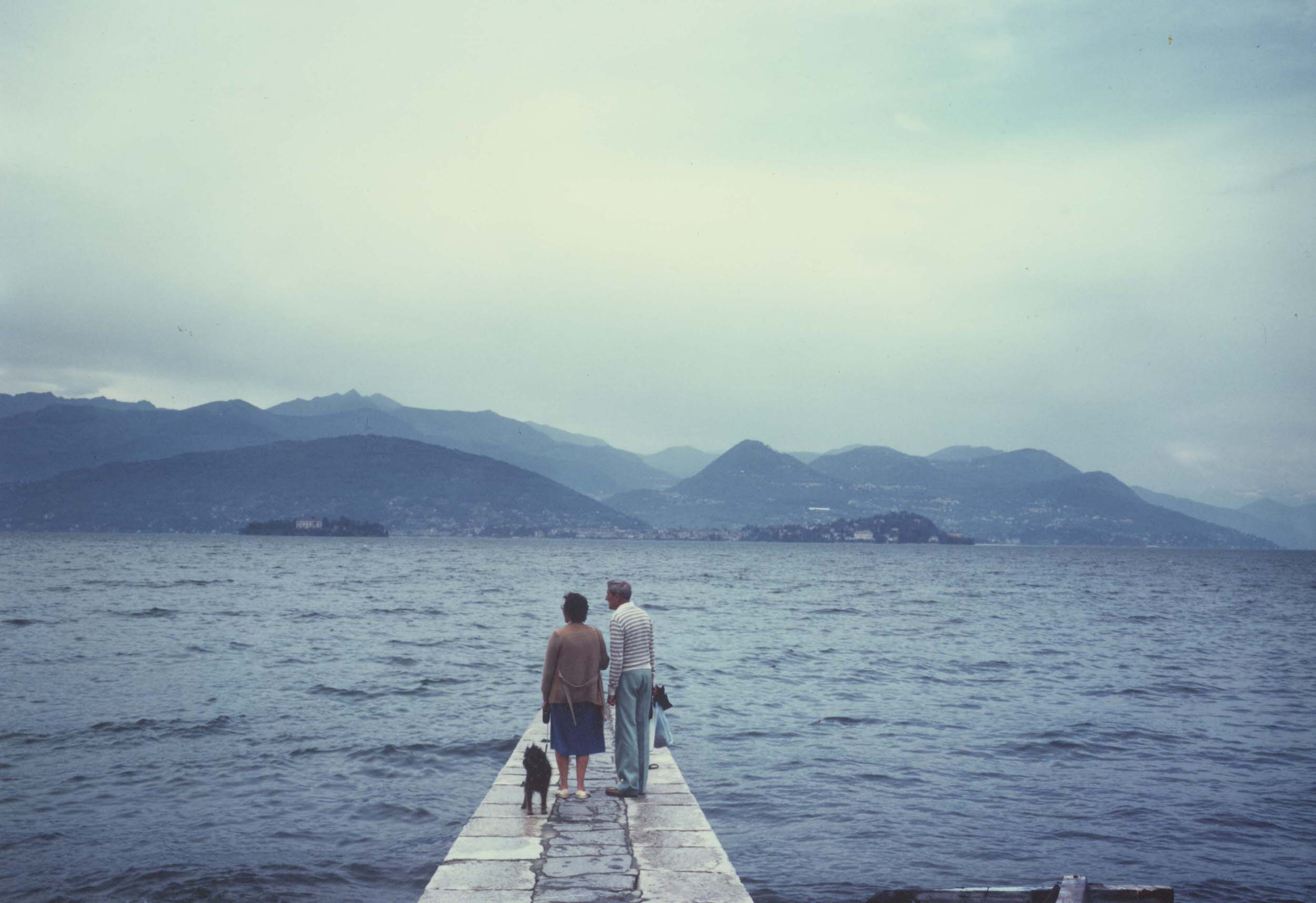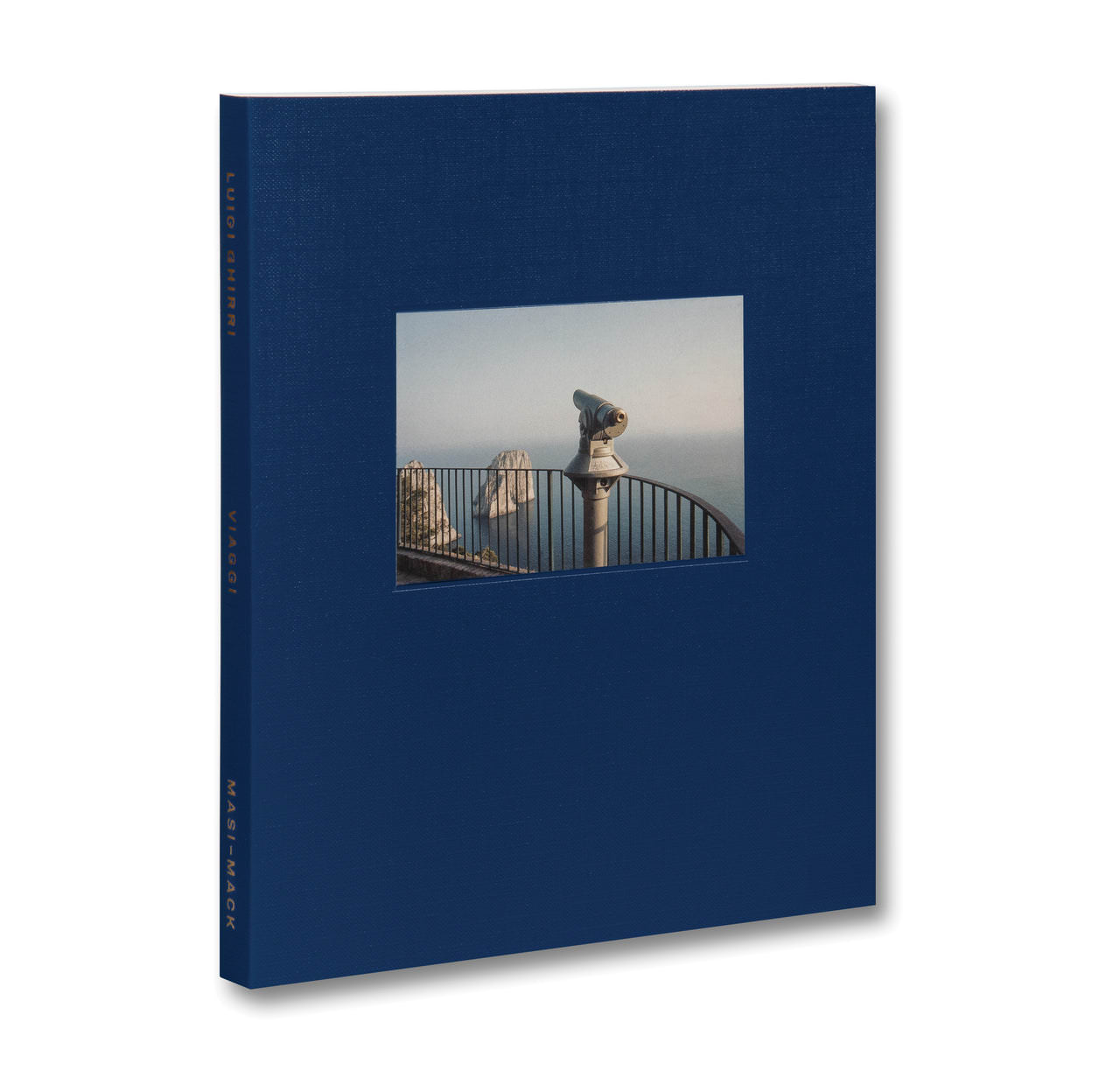Luigi Ghirri: Viaggi. Photographs 1970–1991
More than thirty years after Luigi Ghirri’s premature passing, MASI Lugano is dedicating a significant exhibition to the Italian photographer. Ghirri was a trailblazer whose innovative ideas on photography and its impact on contemporary culture continue to resonate today. His work from the 1970s and 1980s — a whimsical and poetic exploration of photography during a time when the medium was becoming increasingly prevalent in modern life — was unmatched in Europe. This exhibition at MASI delves into Ghirri’s fascination with the concept and experience of travel. Featuring a thoughtfully curated collection of approximately 140 color photographs, mainly vintage prints from the 1970s and 1980s sourced from the Luigi Ghirri Estate and the CSAC collection in Parma, the show combines iconic images with lesser-known works to provide a comprehensive view of his artistic journey.
Co-published with MASI Lugano, the book-catalogue serves as a companion to the exhibition. Among the various recurring themes that run through the expansive and open-ended body of work by Luigi Ghirri, a deep fascination with travel consistently shines through his photographs, publications, and writings. This exhibition and book, authored by curator James Lingwood, navigates Ghirri’s photographic journey from 1970 to 1991, highlighting the diverse ways travel — viaggi — is reflected in his work: from the iconic landscapes of the Dolomites and the lakes of northern Italy, to the mirrored reflections of seaside resorts along the Adriatic and Mediterranean; through museums, archaeological sites, and theme parks; within atlases and postcards; and even along the shelves of his own library, filled with evocative titles and keepsakes. This carefully curated project offers a path through Ghirri’s oeuvre, blending his most recognized images with unexpected finds from the Ghirri archive, revealing both familiar scenes and surprising new perspectives. “Luigi Ghirri: Viaggi” presents an introduction to one of the late twentieth century’s most significant artists, focusing on one of his most cherished and enduring motifs. The project delves into Ghirri’s uniquely imaginative and profound approach to image-making in an era of mass photography and tourism. Accompanying the photographs are insightful essays by Tobia Bezzola, James Lingwood, and Maria Antonella Pelizzari, which contextualize Ghirri’s work within both Italian and global perspectives, as well as within the broader realms of image-making and visual culture that he eagerly engaged with.
About the Author
Luigi Ghirri (1943–1992) was an innovative Italian photographer who became renowned as a leading figure in contemporary photography. His groundbreaking work left a lasting impact on the photographic world, establishing him as a pioneer of modern visual expression. In the early 1970s, Ghirri’s career took off as he became involved with a group of conceptual artists. This experience heavily shaped his approach, and he debuted his first series of photographs capturing his homeland in a way that was both poetic and subtly ambiguous. His work, which primarily focused on color photography, encompassed architectural and landscape themes, often infused with a simple yet ironic perspective. Ghirri’s images consistently explored the complex relationship between people and their environment.He produced several significant series during this time, featuring parks, urban settings, and coastal scenes. His use of color was particularly praised for its ability to evoke both nostalgia and foresight. However, in the 1970s, while Ghirri was refining his artistic voice, color photography was still struggling to gain acceptance in galleries and museums, especially in Europe. As a result, it took nearly two decades after his death for his work to receive widespread international recognition. Despite these challenges, Ghirri’s work eventually attracted international attention. In 1975, Time Life included him in its prestigious “Discoveries” list in the annual Photography Year publication. That same year, his work was showcased at the exhibition Photography as Art, Art as Photography in Kassel. By 1982, he was invited to participate in Photokina in Cologne, where he was named one of the twenty most important photographers of the 20th century. His photographs have since been exhibited worldwide, in institutions such as the Bibliothèque Nationale (Paris), the Museo della Fotografia Contemporanea (Milan), the Stedelijk Museum (Amsterdam), the Canadian Centre for Architecture (Montreal), the Museum of Modern Art (New York), and the Museum of Fine Arts (Houston). In Italy, Ghirri’s influence grew rapidly. In 1977, he co-founded the small publishing house Punto e Virgola with his wife Paola Borgonzoni and fellow photographer Giovanni Chiaramonte. This initiative addressed a gap in Italy’s art institutions by promoting the culture of photography through the publication of essays and monographs, with the aim of elevating photography’s status as an art form and educating the public.On a limited budget, Ghirri published Kodachrome in 1978, his first book through the publishing house. It featured 92 photographs taken across Italy and its neighboring regions, in which urban landscapes and architectural settings took precedence over people. Ghirri’s images were noted for their precision and minimalism, often resembling line drawings due to their carefully composed simplicity. Beyond photography, Ghirri was also a talented writer, and his theoretical insights often appeared strikingly ahead of their time. He wrote the introduction for Kodachrome, expressing his unique artistic vision, which transformed ordinary spaces into places of aesthetic significance. Though his style was often understated, it evoked a profound sense of calm and introspection. Luigi Ghirri’s work continues to influence and inspire, offering a fresh perspective on everyday spaces and demonstrating the power of photography as an artistic medium.
Luigi Ghirri: Viaggi. Photographs 1970–1991
8 September 2024 – 26 January 2025
Museo d’arte della Svizzera italiana, Lugano

